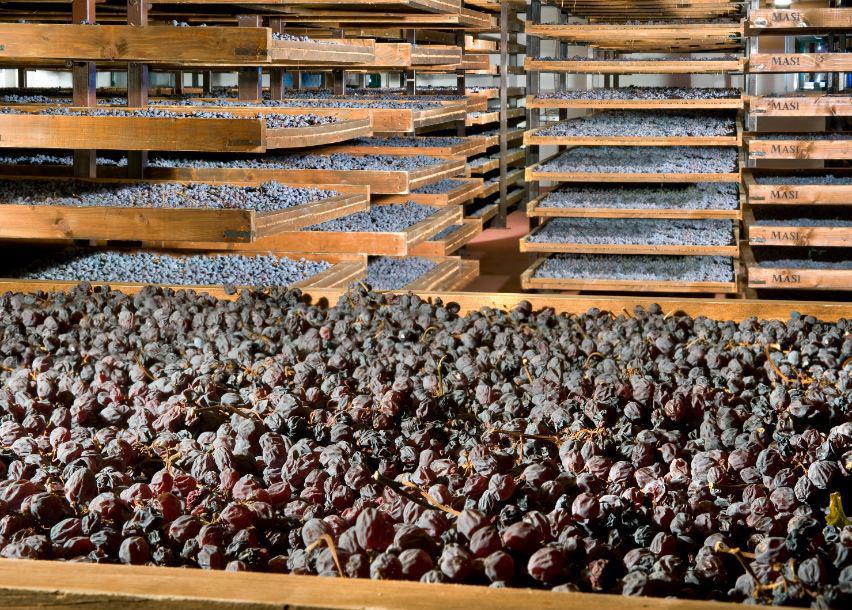Trends vs Terrior, an event sponsored by Wines of BC, was held recently at Science World to help celebrate the 25th anniversary of the Vintners Quality Alliance. David Scholefield was the emcee for this educational and entertaining evening.
The esteemed panel for the debate included Christine Coletta, owner of Okanagan Crush Pad, Sid Cross, Honorary President of the International Wine and Food Society, and James Nevison, wine columnist for the Province newspaper, all arguing for the ‘Trend’ side. Opposing them on the ‘Terrior’ team, were Sandra Oldfield, owner of Tinhorn Creek, Howard Soon of Sandhill and Sebastian Le Grogh from the Cactus Club. The two teams had drawn sides in advance and each member had only four minutes to state their case.
As I mentioned, it was a very entertaining evening with panelists taking some good-natured pot shots at each other. There were however, some interesting points made by both sides. In summary:
For the Trend side
• Marketing people help to set trends by informing the public about great new wines / styles to try.
• Marketing is largely responsible for the high profile wine has now, compared to years ago.
• Many people want to be ‘in’. Pinot Grigio has been the new ‘go to’ white wine as people wanted a change from Chardonnay.
• Wineries are in business to sell wine. You have to sell what you make in order to make more. Marketing and trends help keep the industry healthy.
• Trends in wine are here to stay. Some notable trends include:
o The Judgement of Paris which helped bring recognition to California wines
o The French Paradox which showed the health benefits of moderate consumption of red wines
o The movie Sideways which helped to promote the joys of good Pinot Noir
For the Terrior side
• Trends have popularized the ‘animal’ wines and more recently, the ‘ic’ wines (think of all the trendy wines whose names end in ‘ic’, such as Apothic)
• Viticulture makes it difficult to switch frequently to follow trends as it takes several years for new vines to produce quality fruit, so it is usually best for a winemaker to follow his or her passion and make a wine to their own preference and one that reflects the nature of the land.
• Good wine, makes its own friends
• Terroir promotes diversity. Not all (insert varietal) are the same. One from the Golden Mile will be different from one grown on the Black Sage side of the valley. Another varietal grown in Penticton will have different character from the same one from Osoyoos. Variety is the spice of life.
• If you try to chase what is currently popular with the public, you’ll never win. Others do it better. Be yourself, create your own style.
• Terroir is real, not a gimmick. It will go the distance, it’s here to stay.
At the end of the debate, the audience voted and they ruled overwhelmingly in favour of the Terroir side, though that doesn’t really tell the whole story as both sides were, essentially arguing the same points. It is very hard to separate these two issues as they just naturally go together. The standout message for the night was that BC can be very proud of the remarkable growth the industry has seen in just 25 short (in winemaking terms) years. There’s no arguing the quality of BC wines. We can, and do, compete with anyone. Good humour ruled the evening, with many fine ‘performances’ turned in by both sides.
Then it was time to head down to the lower level and sample these trendy, terroir driven Best of BC wines. I can assure you that a good time was had by all.

